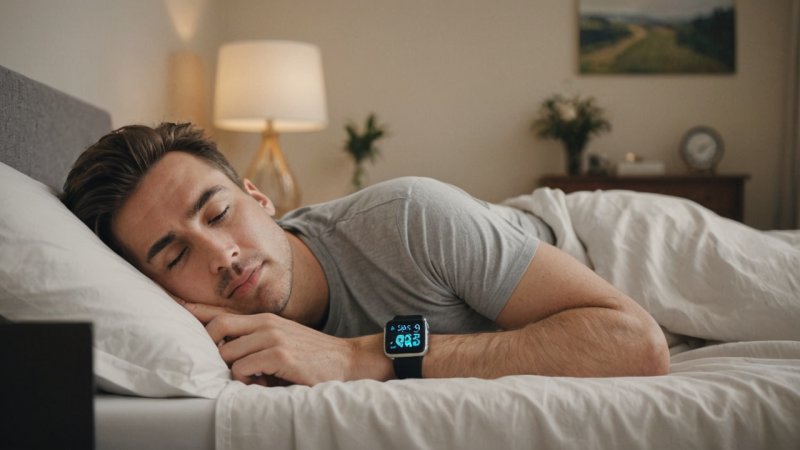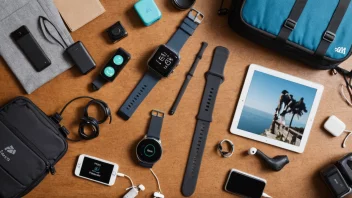In today’s fast-paced world, sleep is often the first casualty of our busy lives. However, thanks to the advent of wearable technology, improving your sleep patterns has never been easier. Wearables can track your sleep cycles, provide insights, and help you develop better habits for restful nights. Here’s how you can leverage these gadgets to enhance your sleep quality.
1. Track Your Sleep Cycles
Understanding Your Patterns: Most wearable devices come equipped with sleep tracking features that monitor your sleep cycles. By analyzing when you enter deep sleep and REM stages, you can identify patterns and make adjustments to your routine for better rest.
2. Set Sleep Goals
Establishing Targets: Utilize the goal-setting feature commonly found in fitness trackers to set personal sleep targets. Aim for a specific number of hours and strive to achieve them consistently, turning sleep into a priority.
3. Monitor Heart Rate Variability
Stress and Sleep: High heart rate variability (HRV) is linked to better sleep quality. Many wearables track HRV, allowing you to see how your daily stressors impact your sleep. Use this data to manage stress through relaxation techniques, which can lead to improved sleep.
4. Use Smart Alarms
Wake Up Refreshed: Smart alarms, available in many wearables, gently wake you during your lightest sleep phase. This can help you feel more refreshed and less groggy, making it easier to start your day.
5. Create a Bedtime Routine
Consistency is Key: Many wearables can remind you when it’s time to wind down. Establish a bedtime routine that includes tech-free time, reading, or meditation. This can signal your body that it’s time to sleep, improving your overall sleep hygiene.
6. Stay Accountable
Engage with Friends: Some wearable devices allow you to connect with friends and family, encouraging a sense of accountability. Share your sleep goals and progress, and motivate each other to prioritize rest.
7. Analyze Your Environment
Optimize Your Sleep Space: Use the insights from your wearable to assess how your environment affects your sleep. Consider factors like room temperature, noise levels, and light exposure, and make adjustments as needed.
8. Track Caffeine and Alcohol Intake
Mind Your Consumption: Many fitness trackers allow you to log your food and drink intake. Monitor how caffeine and alcohol consumption affect your sleep patterns. Reducing intake before bedtime can significantly improve sleep quality.
9. Experiment with Power Naps
Recharge Wisely: If you find yourself needing extra rest during the day, use your wearable to track power naps. Limit naps to 20-30 minutes to avoid disrupting your nighttime sleep.
10. Review and Adjust
Continuous Improvement: Regularly review the data collected by your wearable device to see what works. Adjust your habits based on the feedback, and strive for continuous improvement in your sleep patterns.
By using wearable technology to track and analyze your sleep, you can uncover valuable insights that lead to better rest. Prioritize sleep as much as you do your workouts and daily responsibilities, and you’ll find that improved sleep patterns can enhance your overall quality of life.






